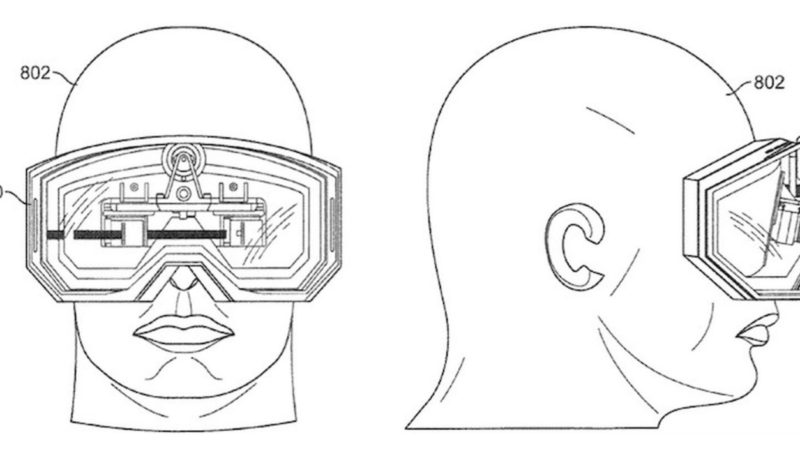Bloomberg’s Mark Gurman today offered details about the internal divisions at Apple that caused it to change the course of its AR and VR headset development.
The report details the disagreements between former Apple design chief Jony Ive and Mike Rockwell, Apple’s VR and AR head over the fundamental aspects of the headset, codenamed N301.
N301 was initially designed to be an ultra-powerful system, with graphics and processing speeds previously unheard of for a wearable product. The processing capabilities were so advanced—and produced so much heat—that the technology couldn’t be crammed into a sleek headset. Instead, Rockwell’s team planned to sell a stationary hub, which in prototype form resembled a small Mac, that would connect to the headset with a wireless signal. In Rockwell’s early version, the headset would also be able to operate in a less-powerful independent mode.
Ive balked at the prospect of selling a headset that would require a separate, stationary device for full functionality. He encouraged Rockwell and his team to redevelop N301 around the less powerful technology that could be embedded entirely in the device. Rockwell pushed back, arguing that a wireless hub would enable performance so superior that it would blow anything else on the market out of the water. The standoff lasted for months.
The report claims Apple CEO Tim Cook sided with Ive, who was against Apple offering technology that would take users out of the real world. The headset no longer communicates with a separate hub, making it less technologically advanced.
Although the headset now in development is less technologically ambitious than originally intended, it’s pretty advanced. It’s designed to feature ultra-high-resolution screens that will make it almost impossible for a user to differentiate the virtual world from the real one. A cinematic speaker system will make the experience even more realistic, people who have used prototypes say.
N301 prototypes are said to resemble a small version of Facebook’s VR headset, the Oculus Quest. It offers a mostly fabric body, with less plastic than the Quest. The company is still testing the headset on different head shapes to ensure a proper fit, and no price has been set.
Apple intends the headset to have its own App Store “with a focus on gaming and the ability to stream video content, while also serving as a sort of super-high-tech communications device for virtual meetings.” The headset will be controlled via Siri,
Apple is also working on a pair of AR glasses codenamed N421, and current prototypes are said to resemble high-priced sunglasses with “thick frames that house the battery and chips.”
Apple’s AR headset is expected to debut in 2022, with the sleeker AR glasses to be ready in 2023. The full Bloomberg report is available here.


